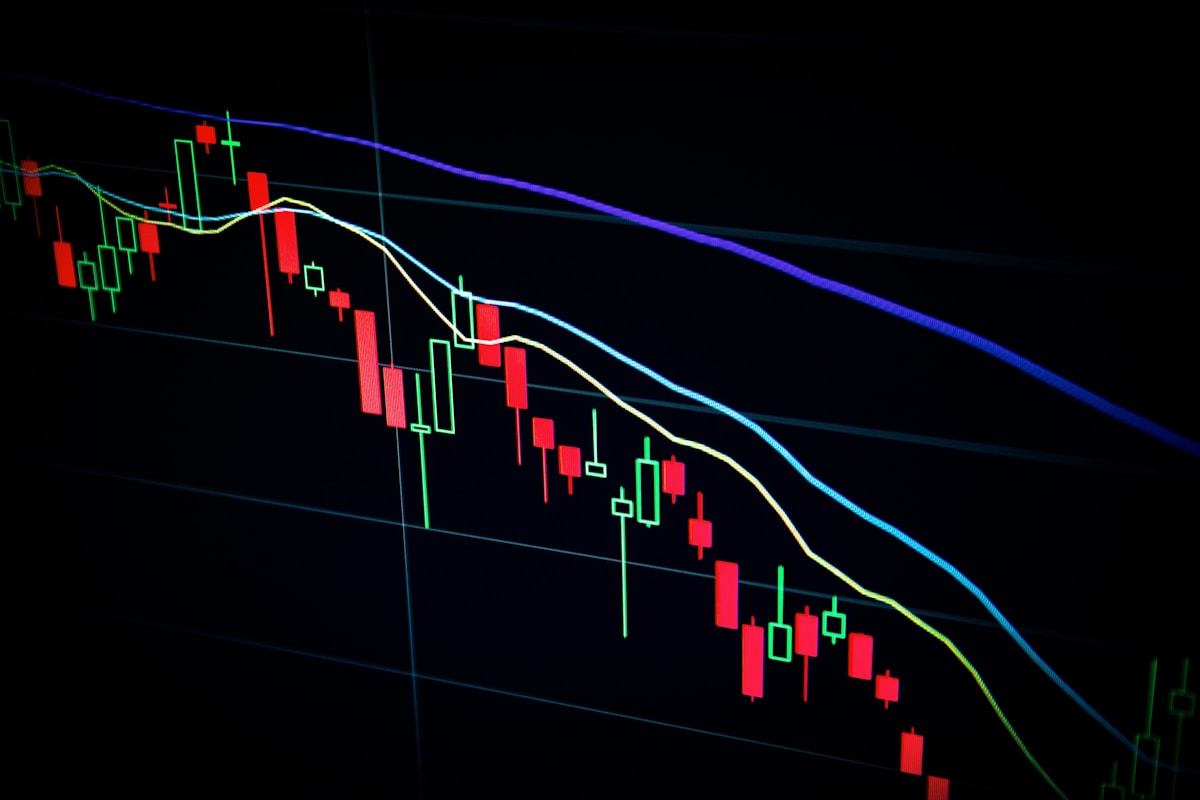Central banks around the world are facing unprecedented challenges as they navigate the delicate balance between controlling inflation and maintaining economic growth. The past year has seen dramatic shifts in monetary policy across major economies.
The Inflation Challenge
Inflation rates have remained stubbornly high across developed economies, forcing central banks to maintain restrictive monetary policies longer than initially anticipated. The Federal Reserve, European Central Bank, and Bank of England have all signaled their commitment to bringing inflation back to target levels, even at the cost of slower economic growth.
Market Reactions
Financial markets have responded with increased volatility as investors try to anticipate the next moves from central banks. Stock markets have shown mixed performance, with technology stocks particularly sensitive to interest rate changes.
Bond yields have climbed to levels not seen in over a decade, reshaping the investment landscape for institutional and retail investors alike. This has profound implications for retirement planning, corporate financing, and government debt servicing.
Looking Ahead
Economists are divided on the outlook for the coming year. Some believe that inflation will moderate naturally as supply chains normalize and consumer demand cools. Others warn that structural changes in the global economy may keep prices elevated for longer.
For investors and consumers, the message is clear: adaptability and careful planning will be essential in navigating this uncertain economic landscape.

